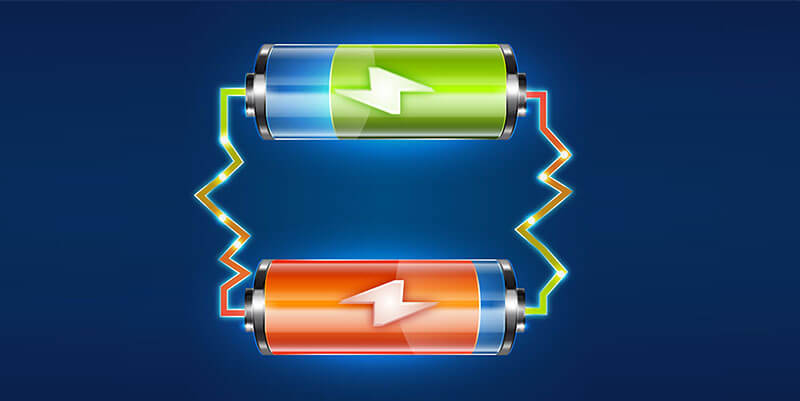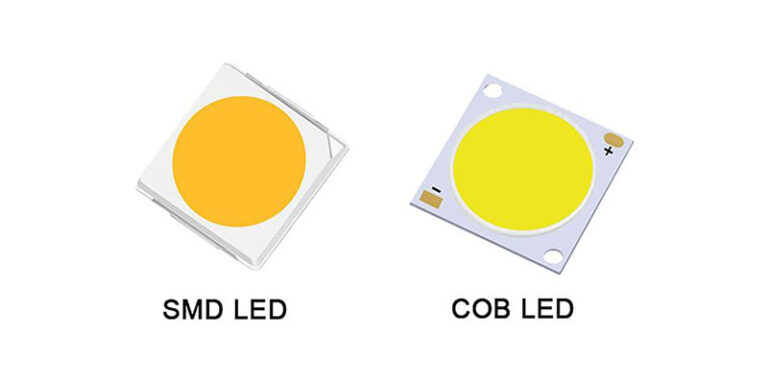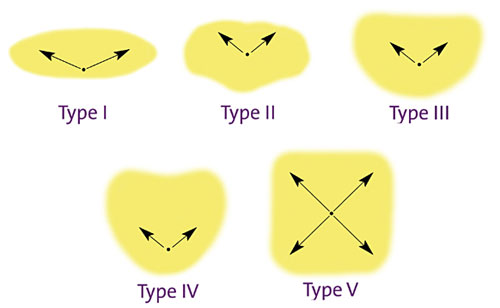A solar power system(solar street lighting) is a reliable solution to harness and use energy obtained from the sun. And a solar battery is an indispensable part of this system, as it converts solar energy into battery chemical energy, which we can utilize in our daily life.
Solar batteries are deep-cycle batteries, which are capable of surviving deep discharges, namely, Deep-cycle batteries allow to discharge large proportion of a battery’s capacity. Some of them can reach 90% DoD.
What is DoD?
Before the explanation of DoD, let’s first go through another relevant term, battery capacity.

What is Battery Capacity?
Battery Capacity is the total electrical energy that a battery can store, which is measured in kWH.
For instance:
If the battery can sustain 500 watt loads of power consumption in your house for a total of 60 hours, then its capacity would be 0.5×60=30kWH. During that period, the battery goes from being fully charged, to a state of being completely discharged.
In the real world, completely discharging a battery could result in irreversible loss to its lifespan and capacity. We have another article to explain why this damage could happen:
https://enkonn-solar.com/solar-charge-controller/#34_Low_voltage_disconnect_LVD
Above is an extreme example of over discharging, 100% DoD (Depth of Discharge)
Then,
what is DoD and how does it affect a battery’s lifespan?
Let’s explain, one by one:
What is DoD?
DoD stands for Depth of Discharge, which measures how deeply discharged a battery is, assuming the battery has a nominal capacity of 100 kWh, which discharges 30kW in 1 hour. Its DOD would be (30x 1)/100 = 30%.

Since over discharge can dramatically damage a rechargeable battery, a concrete request on maximum DoD is defined by manufacturers.
This data is very useful for you when you are designing an off-grid solar power system – you can set up the LVD (Low Voltage Disconnect) function on the solar charge controller to disconnect the battery from loads before reaching the limited DoD, established by the manufacturer.
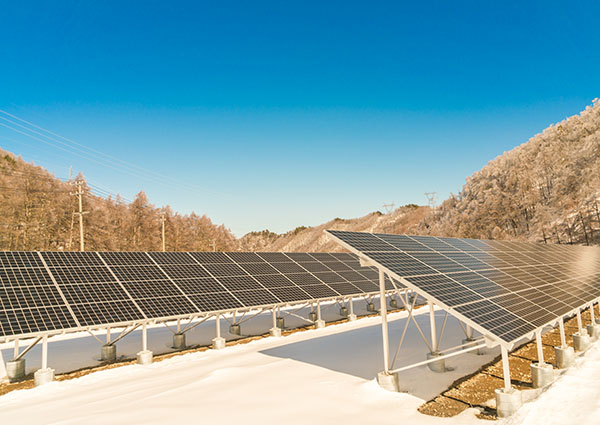
Flooded lead-acid usually has 50% DoD, while lithium-ion can reach up to 80% DoD.
Source: https://www.batterypoweronline.com/wp-content/uploads/2012/07/Lead-acid-white-paper.pdf
However,
LiFePO4 performs better than any other lithium-ion battery and can reach up to 90%, and our advanced integrated solar street lights have adopted the LiFePO4 battery.
Some other manufacturers may describe the data as SOC.
What is SOC?
SOC is the acronym for the State of Charge. Just like the depth of discharge, SOC is a term of measurement in batteries. In fact, SOC is the direct opposite of DOD – while DOD is at 100%, SOC is at 0%; when DoD is at 40%, SoC is at 60%.
Depth of Discharge vs Cycle Life
Why is DoD important to battery?
We can equate battery cycle life with battery lifespan. Manufacturers commonly declare the cycle life at a certain value of DoD; for example, LiNCM declares the cycle life to be 1900 @ 80% DoD.
The larger the DoD every cycle, the smaller the available cycle times will be.
We can see that DoD affects the life expectancy of a battery directly, and this theory applies to most rechargeable batteries: lithium-ion, lead-acid or nickel-iron.
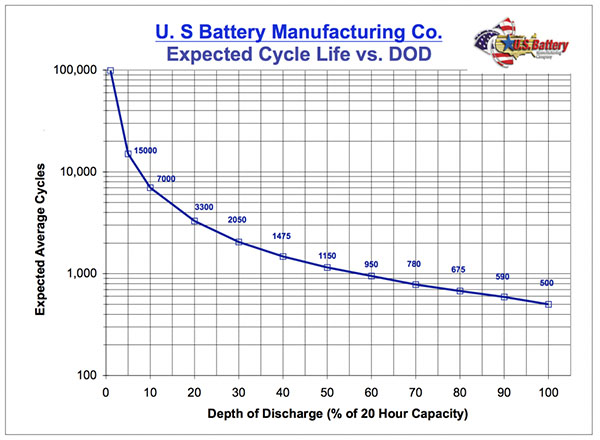
Source:https://usbattery.com/wp-content/uploads/2014/05/usb-expected-life-cycle.pdf
From this graph, we can see a dramatic disparity: the battery’s cycle life is up to 7000 times at 10% DoD, while only 500 times at 100% DoD.
Besides Depth of Discharge, the working temperature also has a great impact on battery performance.
Battery capacity and working temperature
The charge and discharge of a battery depend on chemical reactions inside, while the chemical reaction of the battery has a great relationship with the temperature.
Its nominal capacity is measured at warm 27°C (80°F) since its chemical reaction performance is most efficient at that temperature.
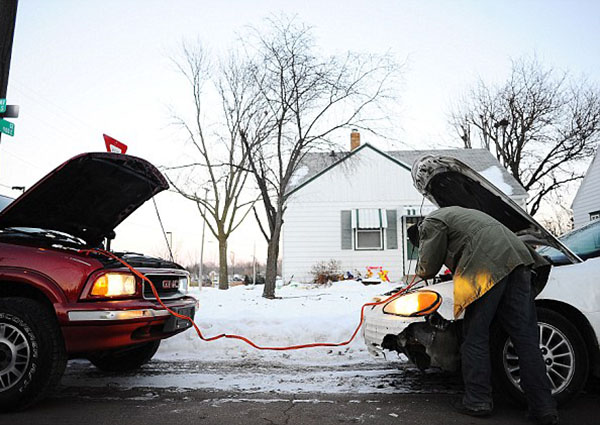
Low temperatures can reduce the activity of electrolytes in a battery. A battery that provides 100% capacity at 27°C will typically deliver only 40% at –20°C.
Although warmer or higher temperature improves performance slightly, prolonged exposure will evaporate electrolytes and result in the permanent capacity loss.
Conclusion
When sizing the battery for an off-grid solar system, we need to consider that DoD and working temperature are the most important factors.
Use a solar charge controller with LVD (low voltage disconnect) function to ensure that the discharging battery does not exceed the limited DoD, which is advised by the manufacturer, so as to guarantee battery lifespan.
Consider temperature compensation to your battery size when the working temperature is not at nominal capacity temperature, since battery size is not “the bigger the better.”
We have another article explaining why…
https://enkonn-solar.com/solar-charge-controller/#23_Why_flooded_battery_banks_need_equalization

